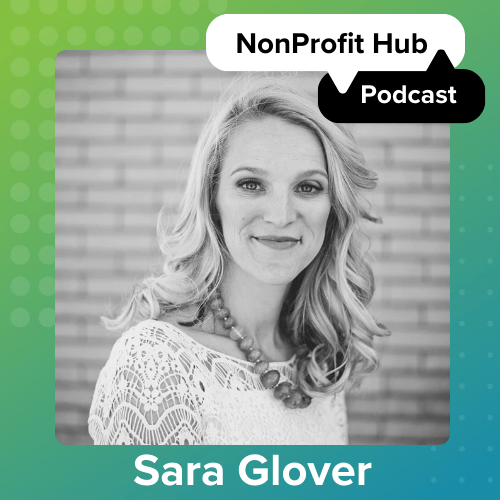Nonprofits are always striving to do more—raise more money, donate more items, impact more lives. Often times our desire to do more is stifled by our limited capacity. After all, we can’t save the world by ourselves. That’s where collaboration comes in. Nonprofit collaboration can take a number of forms, and there isn’t one right way to do it. It can also prove to be very beneficial or utterly fruitless, so let’s go over the basics so you can make an informed decision about your next collaboration project.
Content collaboration
Among the most common collaboration efforts, especially for content engines, is the sharing or swapping of content. At Nonprofit Hub, we often engage in these swaps, a quid pro quo-type arrangement where a blog post or other piece of content from each organization is shared on the other’s platform. This way, each organization is reaching a different audience and, hopefully, adding regular readers or viewers.
Content collaboration can also come in the form of research and reports. In the nonprofit sector, fundraisers and marketers are constantly looking for ways to reach more donors and stakeholders. A lot of new methods come from these research reports and studies, which often are the result of collaboration between two or more organizations.
Cross-promotion
Cross-promotion is a super simple form of collaboration that can bring new users to your site and more registrants to your events. Reach out to an organization and ask if they’d be willing to promote your content or event in their newsletter or on their website, and offer to do the same for them. This type of collaboration works best between organizations with similar audiences; it wouldn’t be terribly helpful to promote a nonprofit fundraising event to a bunch of IT professionals, right?
Shared programming
A more intense form of collaboration is teaming up with another organization to provide programming. Basically, programming is a set of resources—webinars, trainings, workbooks, etc.—used to accomplish a specific outcome. So, in order to share programs, organizations must have similar missions and goals.
For example, if two organizations have the mission of creating more prepared volunteers, they could team up to co-host a virtual training session. This makes for a more robust program and doesn’t cause the workload to fall on just a few people.
With any type collaboration, you’ll never know until you ask. Even if you think your potential collaborator is too busy, or too well known, or may be seen as competition, just ask. The worst that can happen puts you right back where you started—no harm done!






